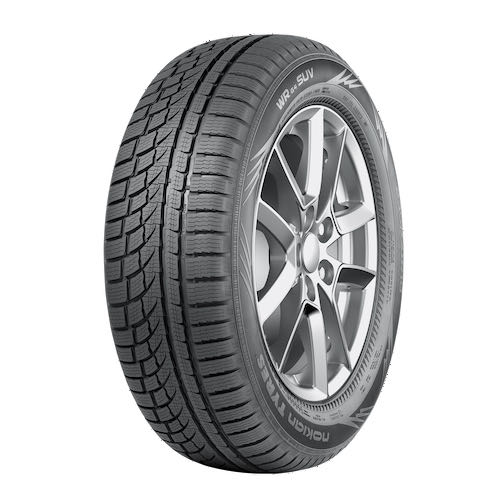All-weather tires allow for better traction in all road conditions. This allows the all-weather tires to be used throughout the year, no matter where you live with all-weather tires holding the “Three Peak Mountain Snowflake” emblem, the same place on winter tires, which signifies that they have been approved for winter use and can therefore be used year-round. In contrast to winter tires, the all-weather tires can be kept on the car year-round. The all-weather tires can be considered a hybrid between winter tires and all-season tires, combining the best of both tires, with the features of the all-season tires allowing them to be kept on the vehicle throughout the year and the features of the winter tires allowing them to have excellent grip on snow and ice. It also gives them the advantage over winter tires of being prepared when the very first snowfalls and when the snow melts in the spring. There is no need to schedule an appointment to changeover tires.
The recommendation is to switch into winter tires (studded or non-studded) when temperatures stay consistently below 45 degrees Fahrenheit and out-of-winter tires in the spring once the temperature stays consistently above 45 degrees Fahrenheit. However, all-weather tires like the Nokian WR G4 are made up of the “all-weather dual performance” compound, allowing them to perform equally well when the temperature goes above and below 45 degrees Fahrenheit. This special rubber compound stays flexible yet firm to handle warmer temperatures so as not to wear down while offering proper traction in a variety of driving conditions throughout the year. In contrast to winter tires made up of a specific rubber compound that stays flexible in cold weather (below 45 degrees Fahrenheit) and does not perform well in temperatures above 45 degrees Fahrenheit. All-season tires and all-weather tires are made up of rubber compounds made to withstand the heat. The big difference between all-season tires and all-weather tires is that the all-weather tires can also handle temperatures below 45 degrees Fahrenheit.
The regions in the United States with severe winters and have mountains close by benefit from using all-weather tires on their vehicles. The all-weather tires allow for greater flexibility with the changing of seasons as well as changing of terrain. With the all-weather tires having the same “Three Peak Mountain Snowflake” emblem, you don’t have to forgo safety. Keep in mind that the 4-wheel drive only allows better traction when accelerating and not braking. The all-weather tires are a great choice for SUVs as these tires allow for great grip and traction, which is important with bigger vehicles like SUVs.
With the flexibility of all-weather tires, there is no need to invest in dedicated winter tires if you don’t experience severe winter weather. Using all-weather tires also eliminate the need to change out of winter tires in the spring and into winter tires in the winter.
For more information regarding all-weather or winter tires, visit: https://www.nokiantires.com/
